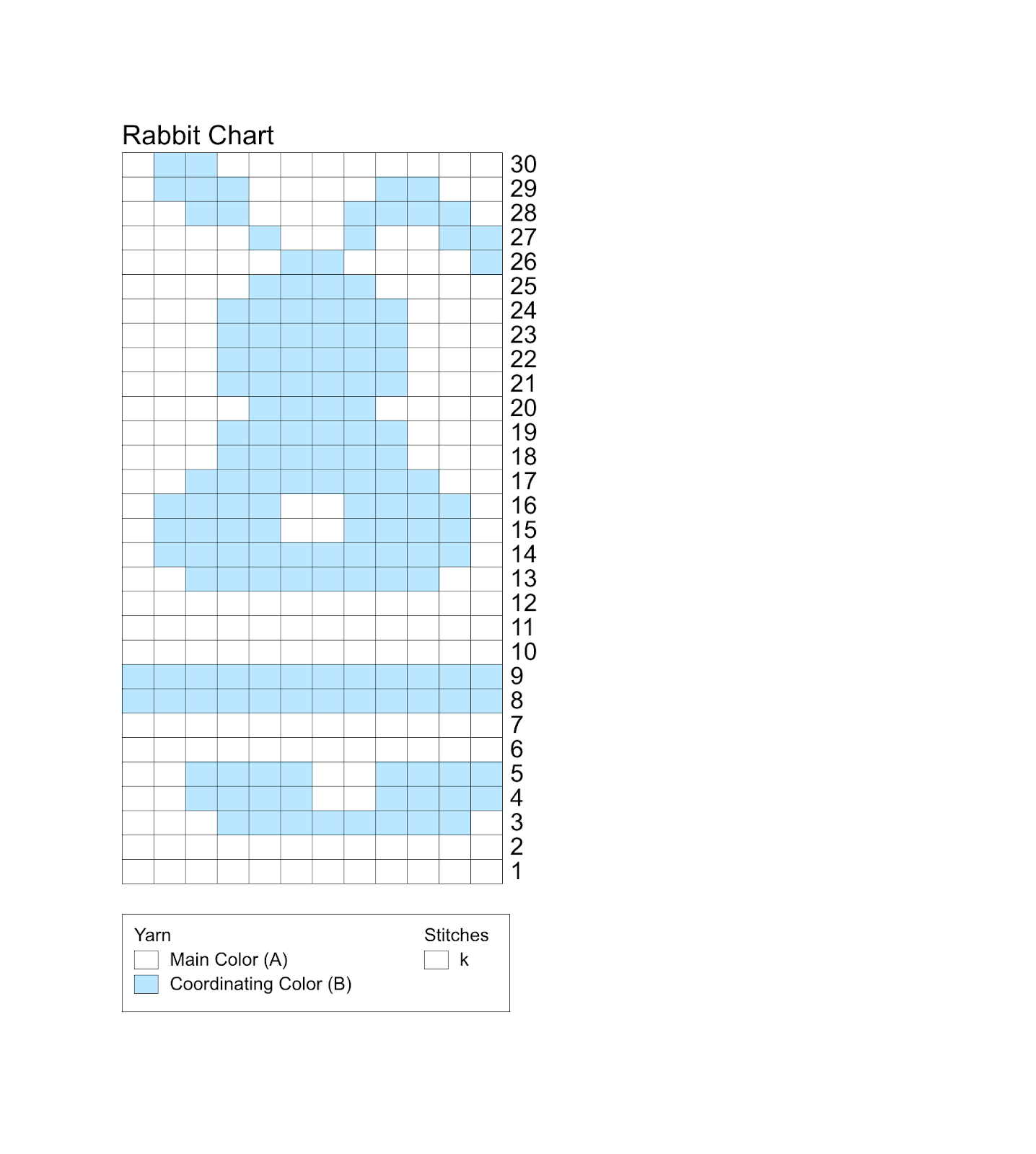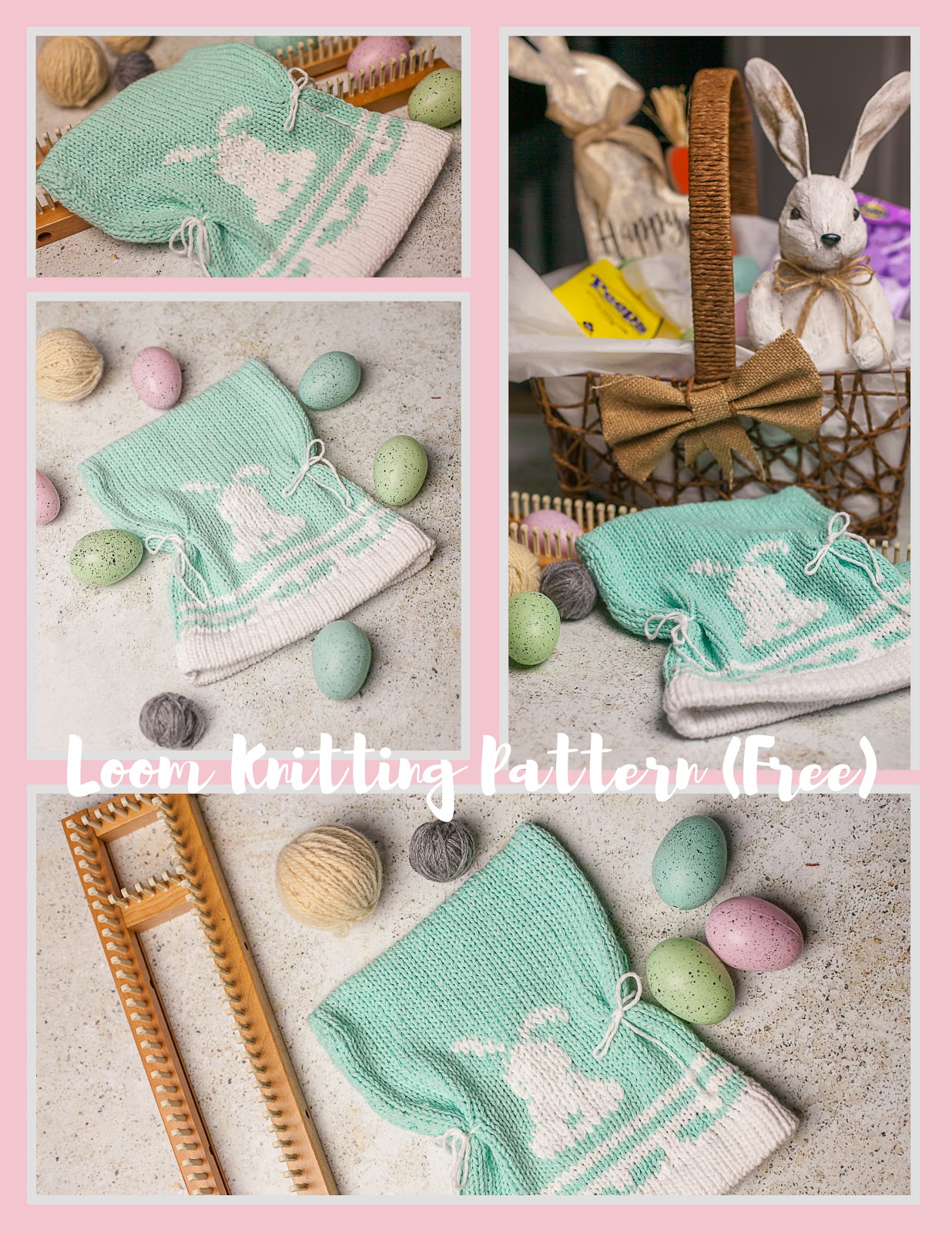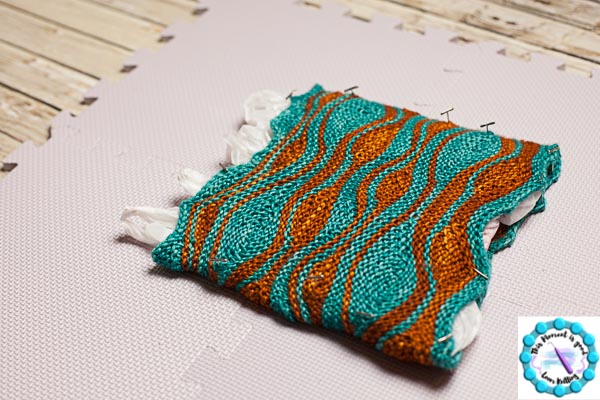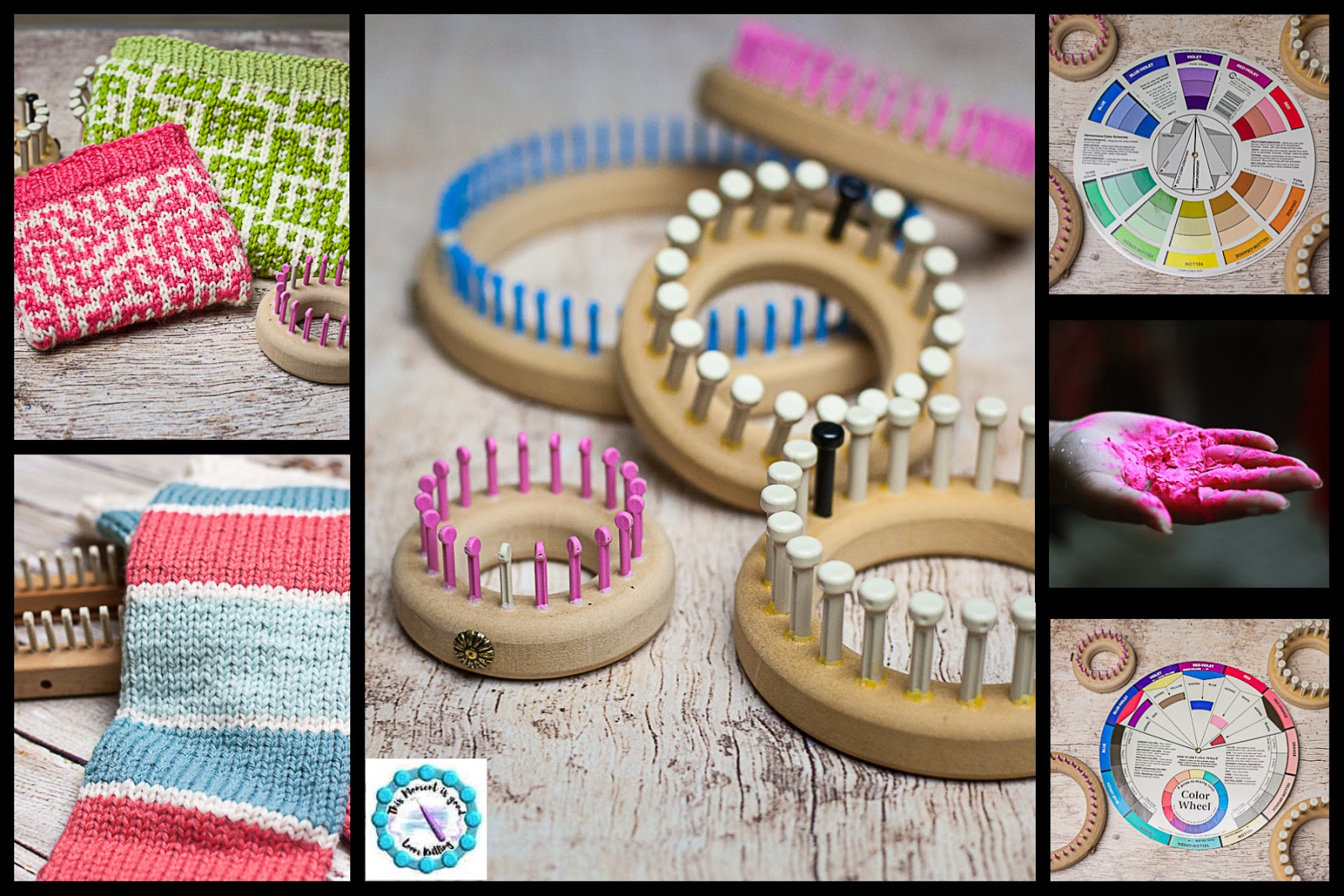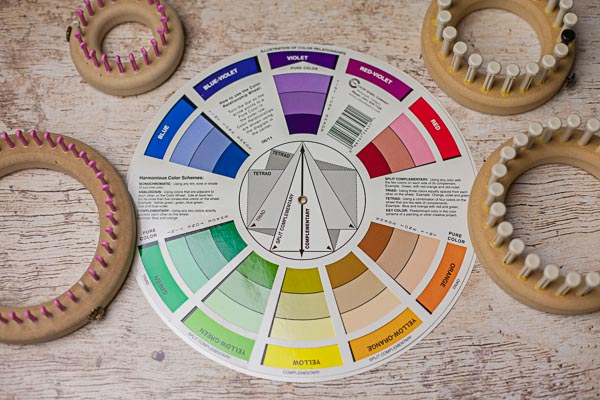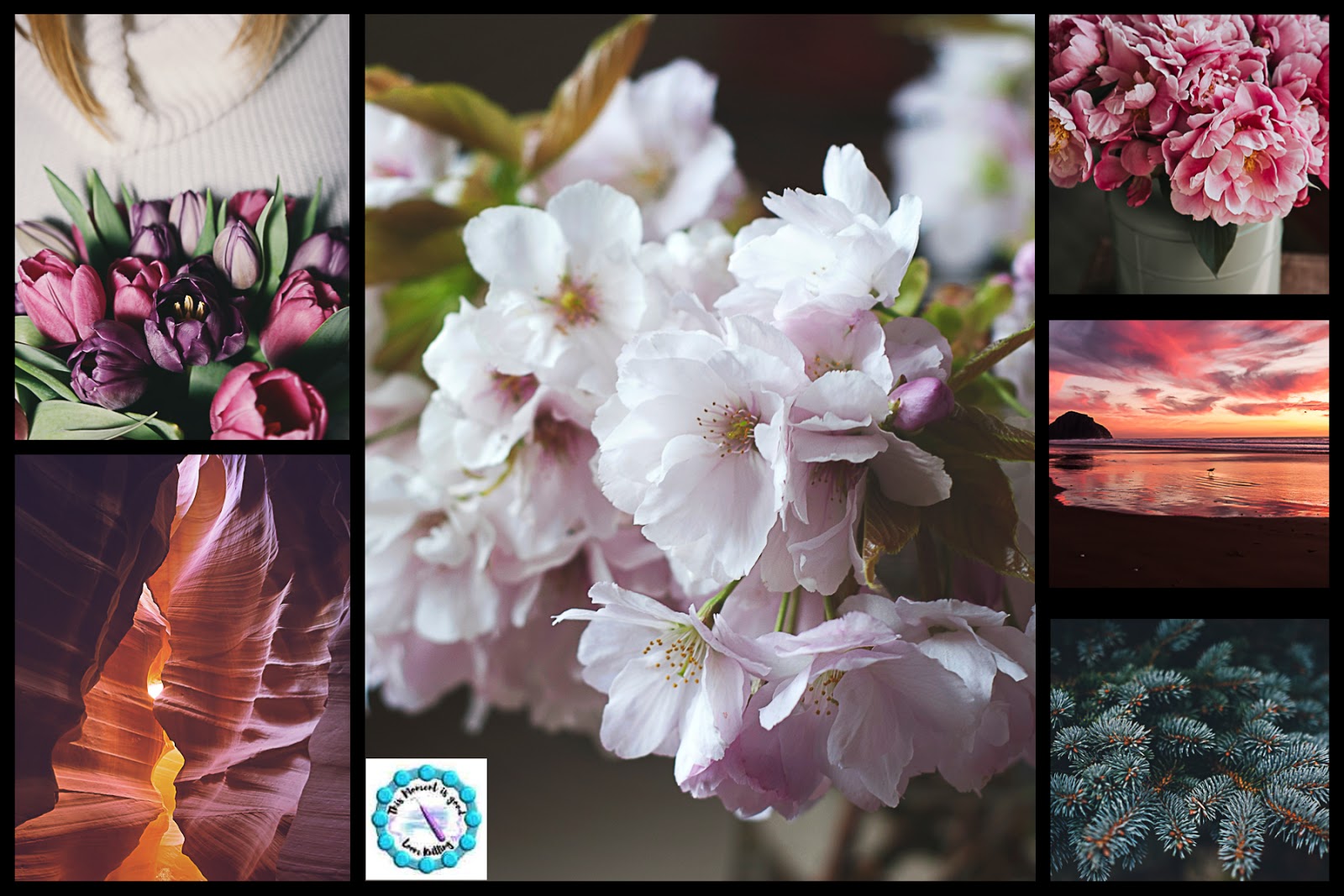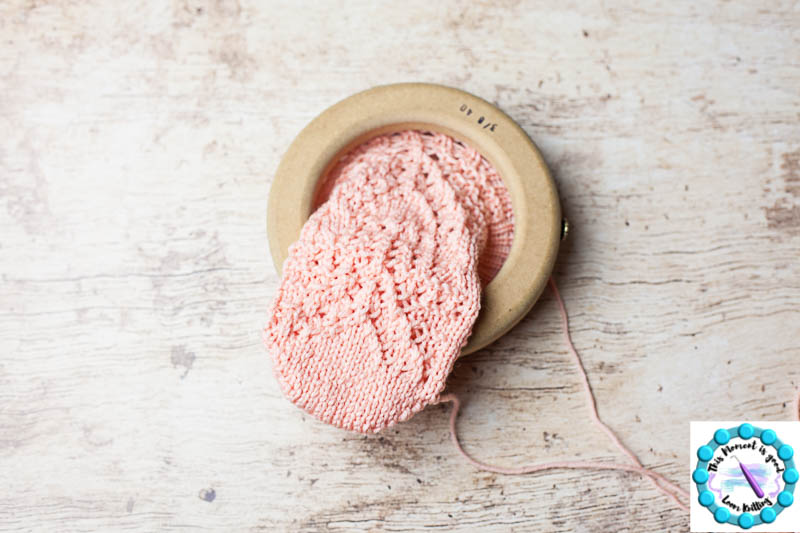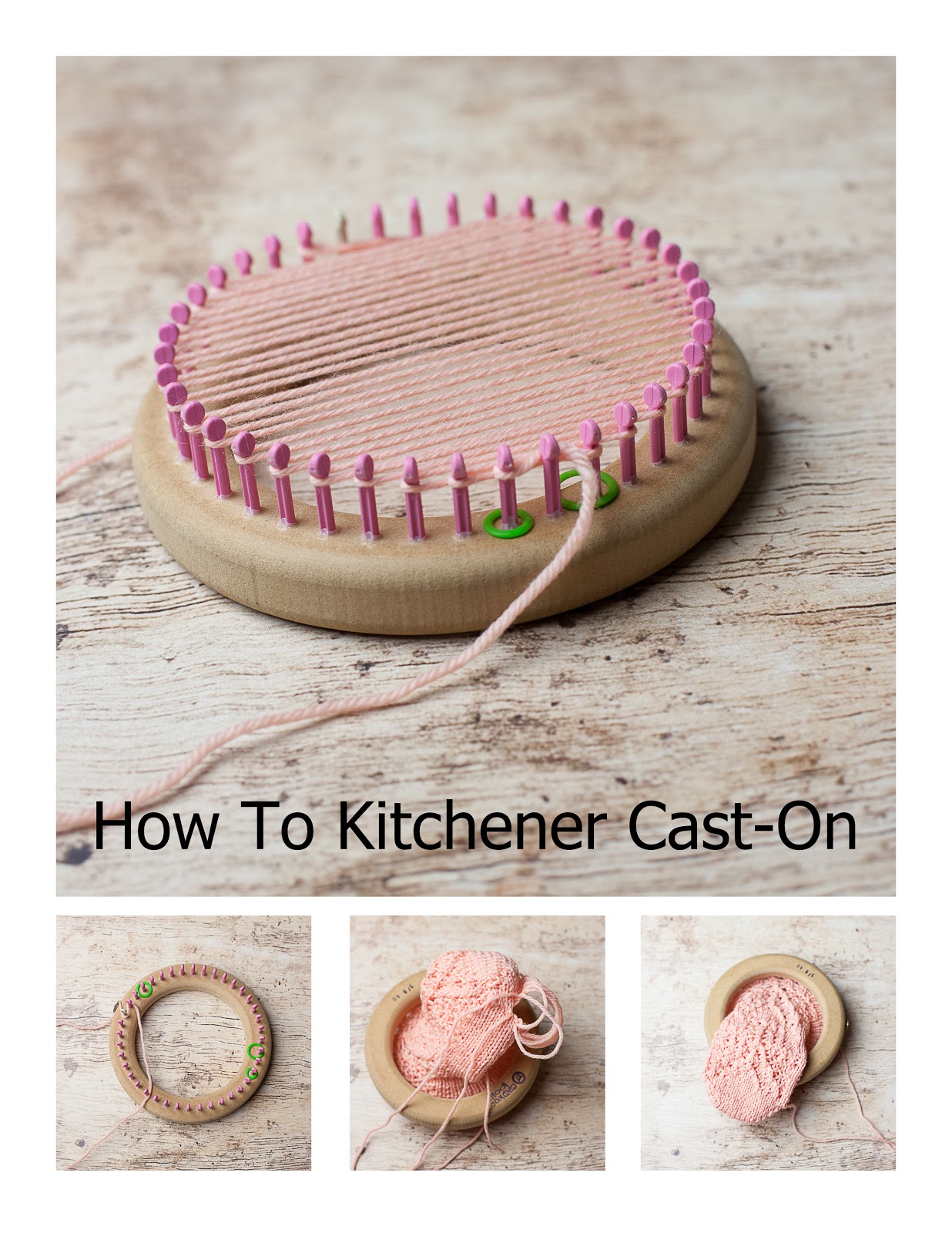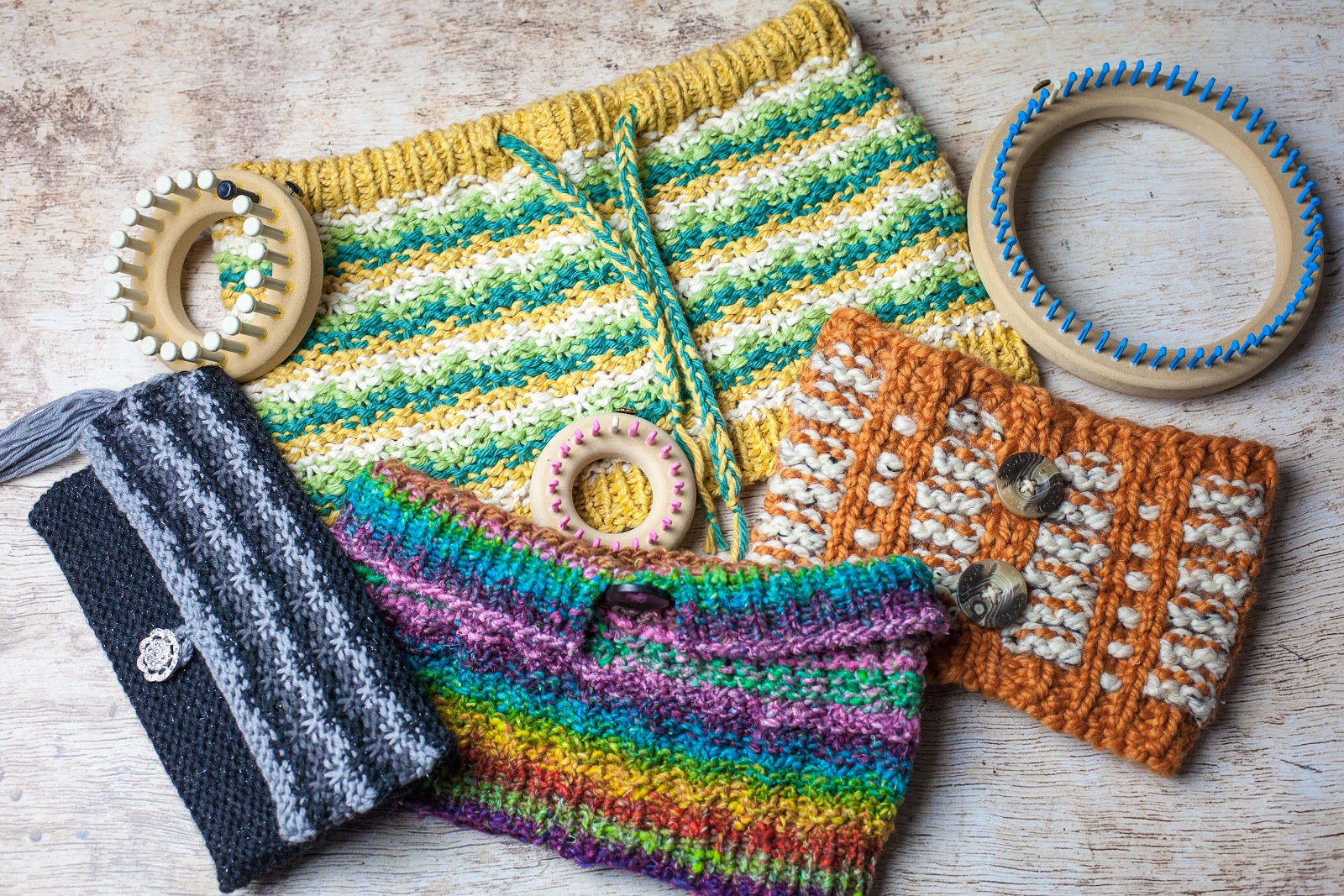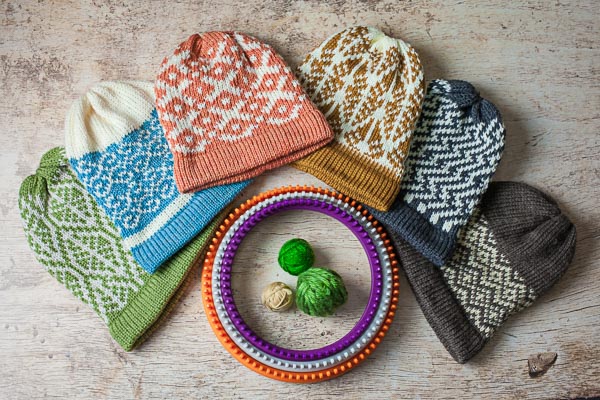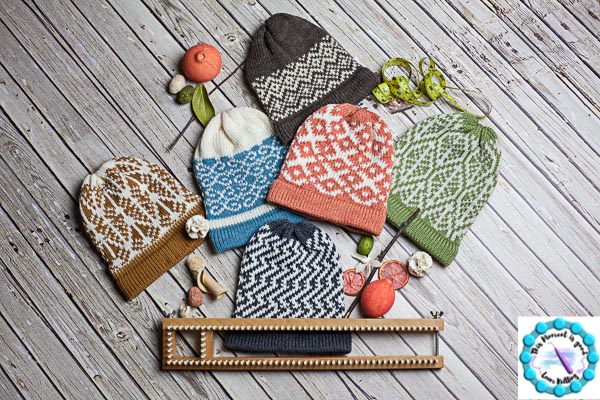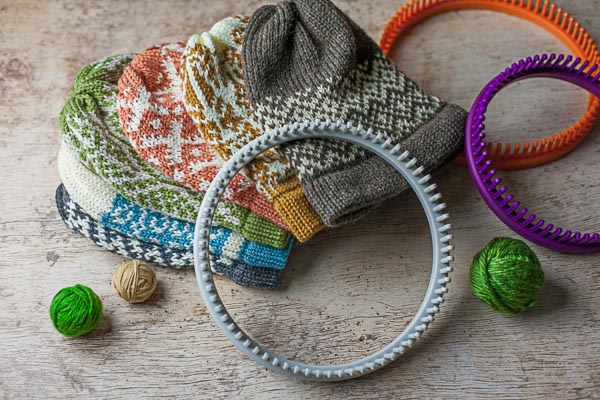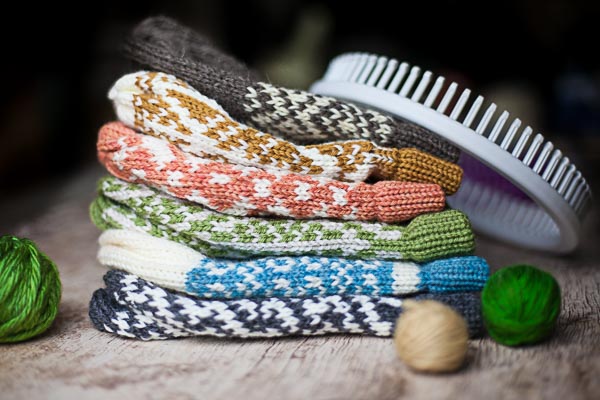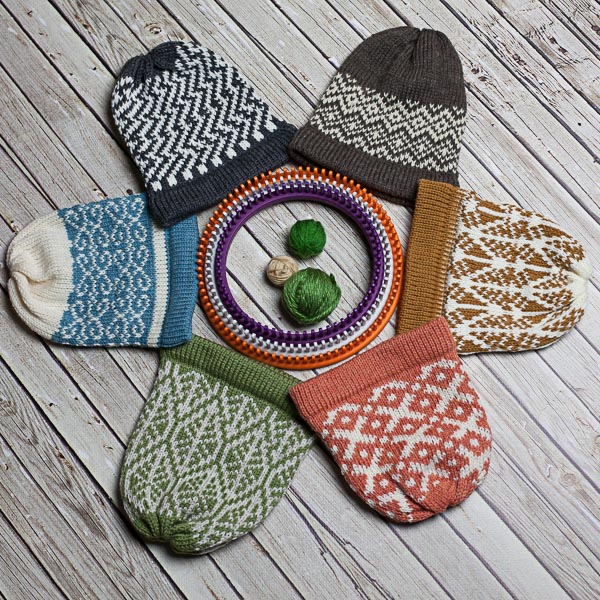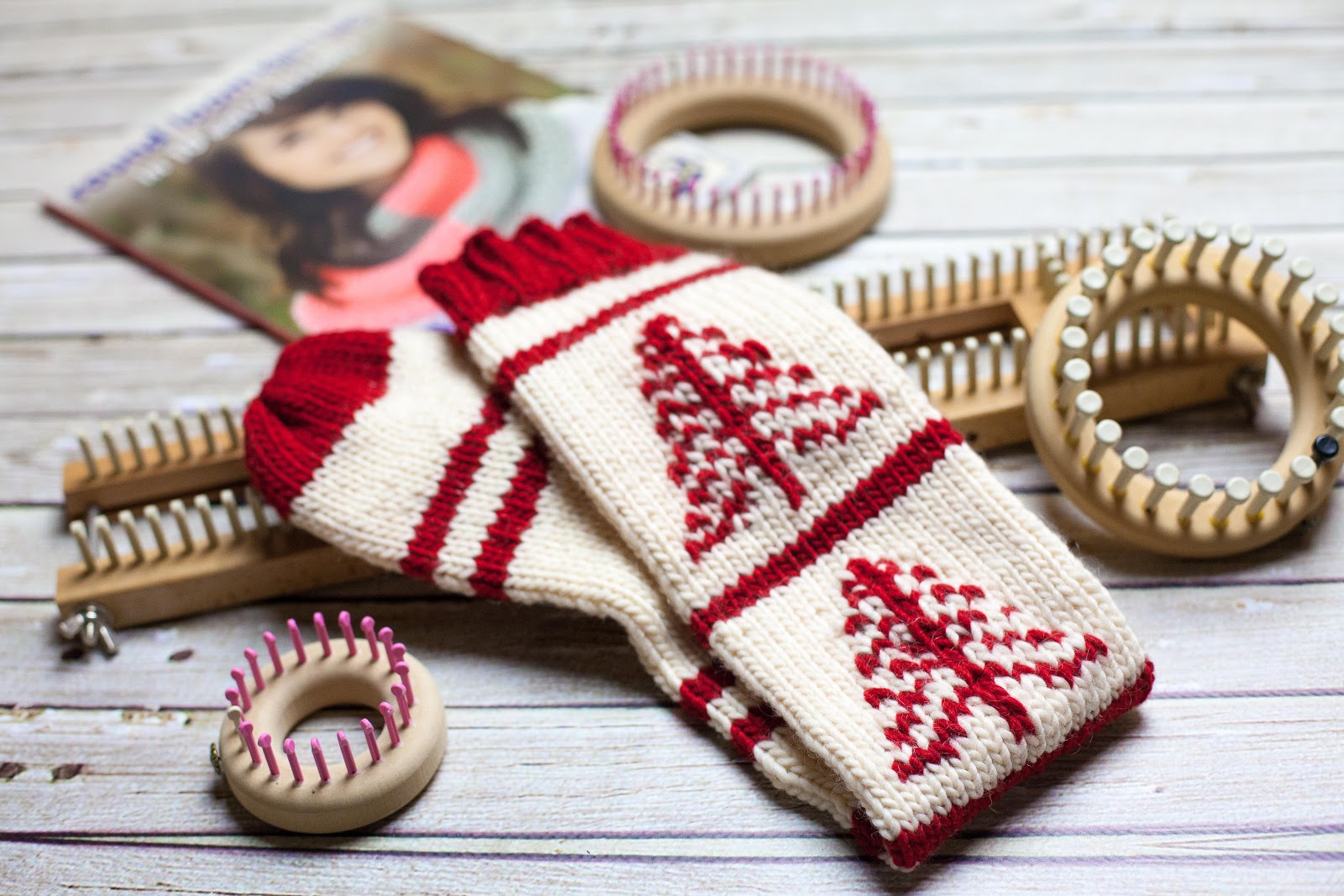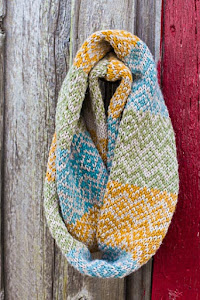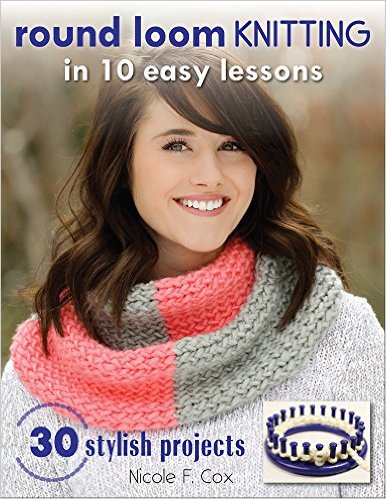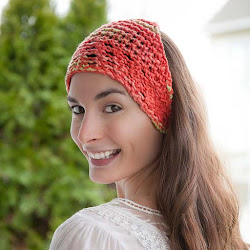In honor of spring and because my grandchild was coming for a long visit Easter weekend, I've designed this adorable loom knit rabbit washcloth and/or hat pattern. It's two loom knitting patterns in one! Make it into a double thick washcloth (shown in sample pictures) that you can put your hand inside, a single knit regular washcloth (you'll need to add edge sts for this) or knit it into a hat (not shown). You can use baby colors and make it for baby or use greys/bolder blues for a whimsical adult, teen or child. Use your imagination for this one.
Yarn: Any #4, worsted weight, 100% Cotton yarn can be used. 1 strand is used throughout all patterns.
Supplies
- Loom: 3/8" peg spacing round loom with peg numbers divisible by 12 if doing fair isle design just above the hem. If eliminating this design you may knit a hat on any 3/8" peg spacing round/adjustable loom. The single thickness washcloth can be made on a straight loom of the same gauge.
- Knitting tool
- Measuring tape
- Crochet hook
- Scissors
- Yarn/tapestry needle
Double Thick Washcloth Pattern
Loom Knit "Bunny Butt" Glove Washcloth
(Sample is of washcloth, hat pattern is below but not shown)
Pattern Notes
- Washcloth glove is not shaped to the hand, the sides of washcloth can be tied to fit hand for ease of use.
- The main pattern is written for double thick cloth, knit in the round. If doing a single thickness washcloth you must work off the chart for rows 3-5. The written directions only apply to the double thick washcloth. You will also need to add garter or rib sts on each edge (single cloth), at least 5 sts on each side is recommended to stop curling.
- For simplicity, the rabbit chart is combined with the Fair Isle chart. They are both worked separately; rows 3-5 of the chart are knit as Fair Isle. The Rabbit can be worked as Intarsia (from the chart only) or Duplicate Stitch. The sample Rabbit was knit using Duplicate Stitch. Follow the links for instructions for both methods.
- E-wrap knit is not recommended for this pattern.
Hemmed Border
Foundation round: Chain CO 72 sts (double thick), 36 + 10 if adding edge sts (single thickness cloth) using B; join to work in the round for double thick and work as flat panel if knitting a single thick cloth.
*Work off chart only if knitting flat for rows 3-5.
Rnds 1-11 (in B): Knit
Fold up hem by lifting the 1st row of sts up onto the loom.
Rnd 12 (in B): Knit
Begin Bottom Of Chart
Rounds 1-2: Knit in A.
Round 3: *K1 in A, k8 in B, k3 in A, rep to end of rnd.
Rounds 4-5: *[K4 in B, k2 in A] twice, rep to end of rnd.
Rounds/Rows 6-7: Knit in A.
Rounds/Rows 8-9: Knit in B.
Round/Row 10: Knit in A.
Repeat round/row 10 until total knitting measures 9 inches for double thick cloth. For single knit cloth, knit it square by measuring your bottom width and knitting to that length.
Bind off using chain one bind off method. Leave long tail if seaming.
Finishing: For double thick cloth, use mattress seam to close the top of the cloth. Weave in ends. To gather sides of knitting, weave a long piece of yarn in and out of 20 sts total (10 back and 10 front of knitting) and tie ends into a bow, double thick cloth only. Place on row 20 of the chart. Repeat for 2nd side of the cloth.
Loom knit "Bunny Butt" Hat
Pattern Notes
- Any round loom may be used if eliminating rounds 3-5 of the chart. If incorporating the Fair Isle design then use a loom with multiples of 12 pegs, 24, 36, 48, etc. 3/8" peg spacing round loom is recommended and stockinette stitch. An adjustable loom was used for sample.
- Note, Newborn to Baby Hat: You must eliminate the fair Isle portion and stripes, if your bunny is going to fit on the hat (he's large). Knit this portion in a solid color or you can duplicate stitch the bunny on top of the Fair Isle/Stripe design in a third color so that it stands out.
Hemmed Border
Foundation round: Chain CO all sts using B; join to work in the round.
Rnds 1 (in B): Knit
Repeat rnd 1 until knitting measures 2 - 1/4" For Newborn to child sizes and 3" for teen/adult sizes.
Fold up hem by lifting the 1st row of sts up onto the loom.
Next round (in B): Knit
Begin Bottom Of Chart (rows 3-5 require a loom with stitch multiples of 12)
Rounds 1-2: Knit in A.
Round 3: *K1 in A, k8 in B, k3 in A, rep to end of round.
Rounds 4-5: *[K4 in B, k2 in A] twice, rep to end of round.
Rounds/Rows 6-7: Knit in A.
Rounds/Rows 8-9: Knit in B.
Round/Row 10: Knit in A.
Repeat round/row 10 until total knitting measures 5 1/2" (newborn), 6 1/2"+ (for baby), 7 1/2"+ (child), 8 1/2" (teen/adult). Sizes are just suggestions, measuring recipients head is recommended.
Bind off using gather method.
Finish: Weave in ends. Use the chart to duplicate stitch Bunny onto the hat.




